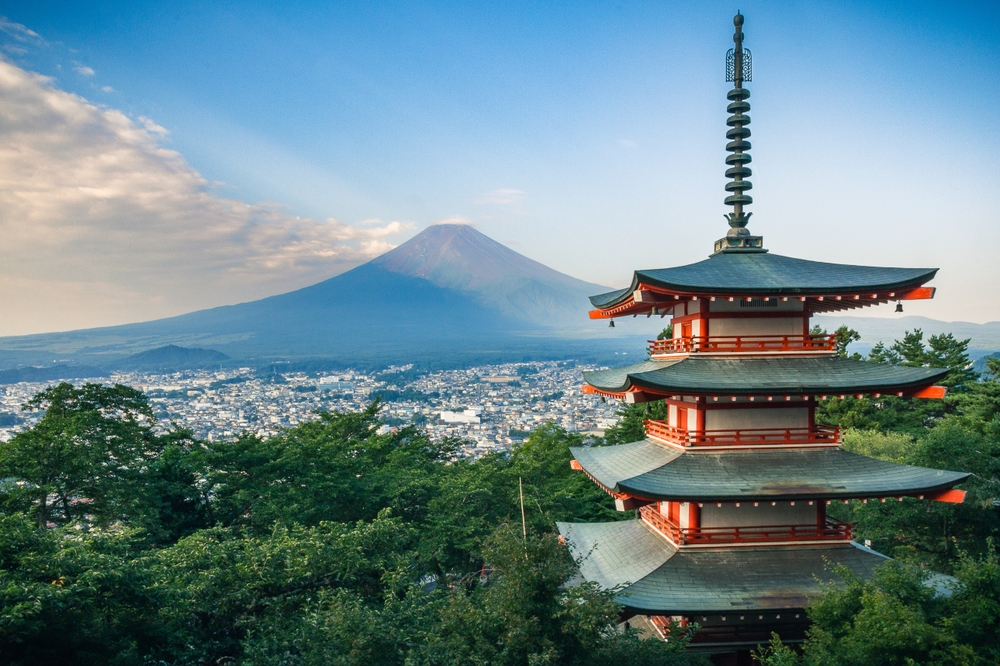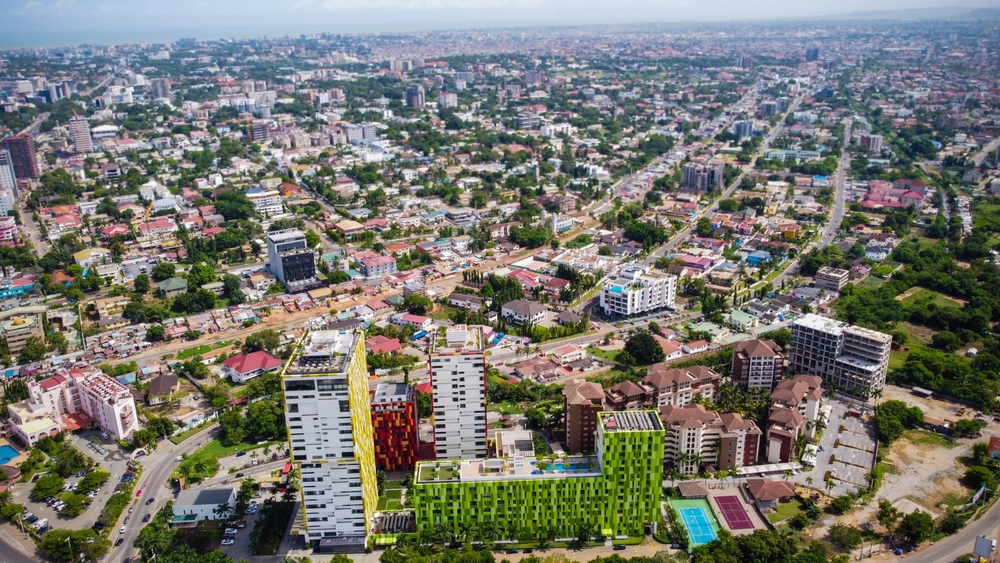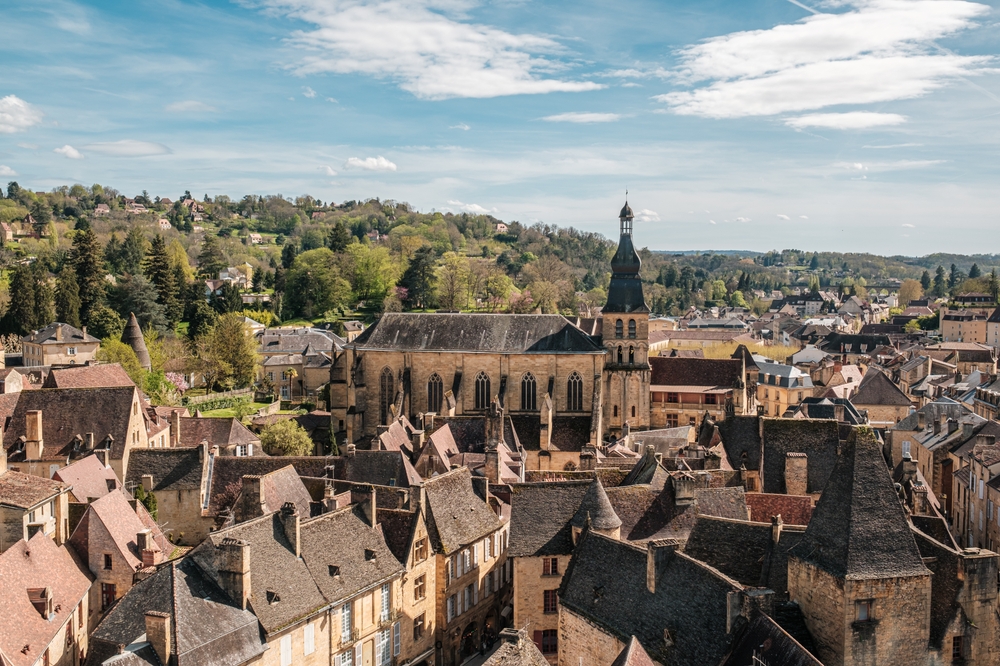Before I began this journey, I thought sleep was simple. A basic human need, a nightly routine, the same everywhere. But the deeper I looked, the more I realized I was completely wrong. Sleep is not just about biology. It’s a cultural fingerprint. It reveals how people live, work, love, and connect. It mirrors society’s values, stresses, and unspoken rules. What time people go to bed, how long they rest, whether they nap or rise early, it all says something bigger. And it’s not just about comfort or routine. Sleep, in many parts of the world, is wrapped in ritual, belief, and social meaning.
As a researcher obsessed with human behavior, I dove headfirst into sleep trends across countries. I didn’t just compare bedtimes or mattress quality. I explored how environment, tradition, and even national identity shape how we rest. From power naps on trains in Tokyo to sacred bedtime teas in India, the range of practices shocked me. What seemed quirky at first often made more sense than our Western obsession with eight uninterrupted hours. The global perspective completely changed how I sleep, and more importantly, how I think about rest itself. Let me take you on that journey.
At first, I assumed Sleep was just one of those universal things. Close your eyes, clock eight hours, and you’re done. But after years of researching how people rest around the globe, I realized I couldn’t have been more wrong. Sleep varies so drastically across cultures that it reshaped how I think about rest, wellness, and even productivity. What I uncovered challenges almost everything Western culture believes about the right way to sleep. Here’s what I learned.
1. Japan Sleeps the Least, but It’s Not What You Think

Japan has one of the lowest average sleep durations in the world, with many adults sleeping just six hours or less. But the situation isn’t as simple as a country full of insomniacs. In Japan, it’s common to practice “inemuri,” or napping in public while appearing present. These mini-rest breaks at desks, in meetings, or on trains are considered signs of diligence, not laziness. Japanese culture blurs the line between work and rest in ways the West finds baffling. Instead of prioritizing long, uninterrupted nighttime sleep, they weave it throughout their day. The result? A functional, albeit fragmented, rest culture.
2. Spain’s Siesta Isn’t a Myth, But It’s Evolving

Spain’s infamous midday nap tradition still exists, but it’s not as widespread as outsiders think. The classic two-hour siesta came from an agricultural past when extreme heat made midday labor unbearable. Today, in major cities like Madrid or Barcelona, most professionals skip the nap. However, in smaller towns, shops still shut down between 2 and 5 PM, and families often pause for meals and brief rest. Interestingly, even with this daytime nap culture, Spain’s bedtime is among the latest in Europe. Spaniards may start sleeping at midnight, but they still average about seven hours of rest by blending day and night routines.
3. Sweden and Norway Master the Art of Sleep Hygiene

In Scandinavian countries like Sweden and Norway, sleep isn’t treated as an afterthought. It’s part of a disciplined routine supported by cultural values like “lagom,” which means balance or moderation. Screens are dimmed early, bedrooms are kept cool, and blackout curtains are common during summer’s endless daylight. There’s also an emphasis on pre-sleep rituals like sauna time or herbal teas. Scandinavian parents teach children early that rest is sacred. That mindset carries into adulthood, with consistent bedtimes and minimal noise after dark. These habits make Scandinavia one of the best-rested regions in the world.
Read More: Is The Sleepmaxxing Trend Helpful or Harmful? Expert Tips for Better Sleep
4. Italy Prioritizes Pleasure and Rest in Equal Measure

Italians are known for their passion, and that extends to how they sleep. Evenings stretch long with late dinners and socializing, so bedtimes start later than in other parts of Europe. But Italians rarely sacrifice sleep entirely. They tend to wake a little later and build in pauses throughout the day. A brief post-lunch rest, quiet evenings, and minimal screen exposure after sunset help maintain rhythm. What’s striking about Italy is how they preserve joy and leisure alongside sleep. The philosophy is clear: life is about feeling good, not just staying functional. And that includes resting well.
5. South Korea’s Sleep Struggle Reflects a Cultural Pressure to Excel

In South Korea, students and workers routinely get less than six hours of sleep per night. High academic and professional expectations create intense daily schedules, with many young people studying until midnight. To compensate, sleep cafes have popped up across Seoul, offering quiet, affordable places to nap during the day. There’s also a growing wellness movement pushing back against burnout culture. Gen Z in South Korea is slowly normalizing self-care and adequate sleep, challenging decades of pressure. Still, old habits die hard, and the national sleep deficit remains a major health concern.
6. Brazil’s Flexible Rhythms Reflect Its Diverse Cultural Landscape

Brazil’s approach to sleep mirrors its cultural diversity and climate. In hotter regions, afternoon breaks are common, particularly in rural communities. In cities, bedtime routines vary widely. Some households start winding down early, while others begin dinner at 9 PM. Weekends often involve long naps and late nights, balancing a vibrant nightlife with much-needed rest. What’s consistent, though, is Brazil’s relaxed relationship with time. There’s no one-size-fits-all sleep rule. It depends on geography, lifestyle, and social factors. That flexibility allows Brazilians to rest when it works for them, not just when a clock says it’s time.
7. America’s Sleep Problem May Be Cultural, Not Medical

The United States ranks poorly for sleep health, and it’s not because Americans don’t want to rest. It’s because sleep is often sacrificed to keep up with 24/7 productivity. People glorify busyness, burn the midnight oil, and view rest as something earned, not essential. Despite a booming sleep industry, many Americans struggle with insomnia, anxiety, and disrupted circadian rhythms. Blue light exposure from screens, erratic work hours, and social media overload all chip away at rest. More experts now believe the solution isn’t just melatonin or meditation apps, but a cultural shift that redefines what it means to rest.
8. In Ghana, Communal Life Shapes How People Sleep

In rural parts of Ghana, sleep isn’t a solitary activity. Families often sleep in shared spaces, and rest times are influenced by community rhythms. Social cohesion plays a huge role in when and how people go to bed. The day begins with chores, followed by communal meals and storytelling before sleep. These nighttime routines are more about bonding than just recharging. What’s fascinating is that sleep quality seems to improve in communities where people feel emotionally connected. Ghana’s example suggests that mental peace and social belonging may be just as important as silence or darkness for deep rest.
9. Australia’s Outback Communities Have Unique Sleep Patterns

Among Aboriginal Australians in remote areas, traditional lifestyles still influence sleep. People often follow natural light cycles, going to bed shortly after sunset and rising with the dawn. Fires are common at night for warmth and protection, and group sleeping remains the norm. In contrast, urban Australians have more Western-style routines with set bedtimes and air-conditioned bedrooms. The contrast reveals how environmental factors and cultural preservation shape rest. Aboriginal knowledge systems even include dream states as part of their spirituality, where sleep is seen as a space for connection, not just recovery.
10. France Merges Science and Sensuality for Better Rest

The French know how to indulge, but they also take sleep seriously. France is one of the few countries where sleep is treated as part of public health policy. In schools, sleep education is common. Sleep specialists are covered under healthcare, and campaigns actively encourage quality rest. But this science-forward approach is paired with pleasure. Duvets are luxurious, bedrooms are quiet sanctuaries, and the evening meal is sacred. There’s no guilt around bedtime. Instead, rest is treated as a right, not a luxury. That cultural respect for sleep is paying off, with France enjoying better-than-average sleep health across age groups.
11. India Balances Modern Chaos With Ancient Wisdom

India’s rapid urban growth has created massive sleep challenges, particularly in cities filled with noise, pollution, and long commutes. Yet India also offers some of the world’s oldest traditions for sleep health. Ayurveda, the ancient Indian system of medicine, outlines specific bedtime rituals, sleep positions, and dietary practices for better rest. Many Indians still drink warm turmeric milk or follow yoga nidra routines before sleep. While modern life has complicated these traditions, many families still pass down age-old tips for winding down. India is a fascinating case of old meets new, and sleep sits at the intersection of both.
12. What I Now Believe About Sleep

After studying how sleep works across so many different nations, I’ve stopped thinking of it as just a biological need. It’s a cultural mirror. Every country I explored showed me that how we sleep says a lot about what we value. Whether it’s efficiency, community, self-care, or pleasure, our relationship with rest is rarely just about being tired. It’s about what kind of life we’re trying to live. I now believe that sleep isn’t just something to optimize. It’s something to understand, respect, and maybe even protect—because good sleep doesn’t just help us live longer. It helps us live better.
Read More: 20 Bedtime Habits That Are Quietly Ruining Your Sleep
Disclaimer: This article was created with AI assistance and edited by a human for accuracy and clarity.
Disclaimer: This information is not intended to be a substitute for professional medical advice, diagnosis or treatment and is for information only. Always seek the advice of your physician or another qualified health provider with any questions about your medical condition and/or current medication. Do not disregard professional medical advice or delay seeking advice or treatment because of something you have read here.

